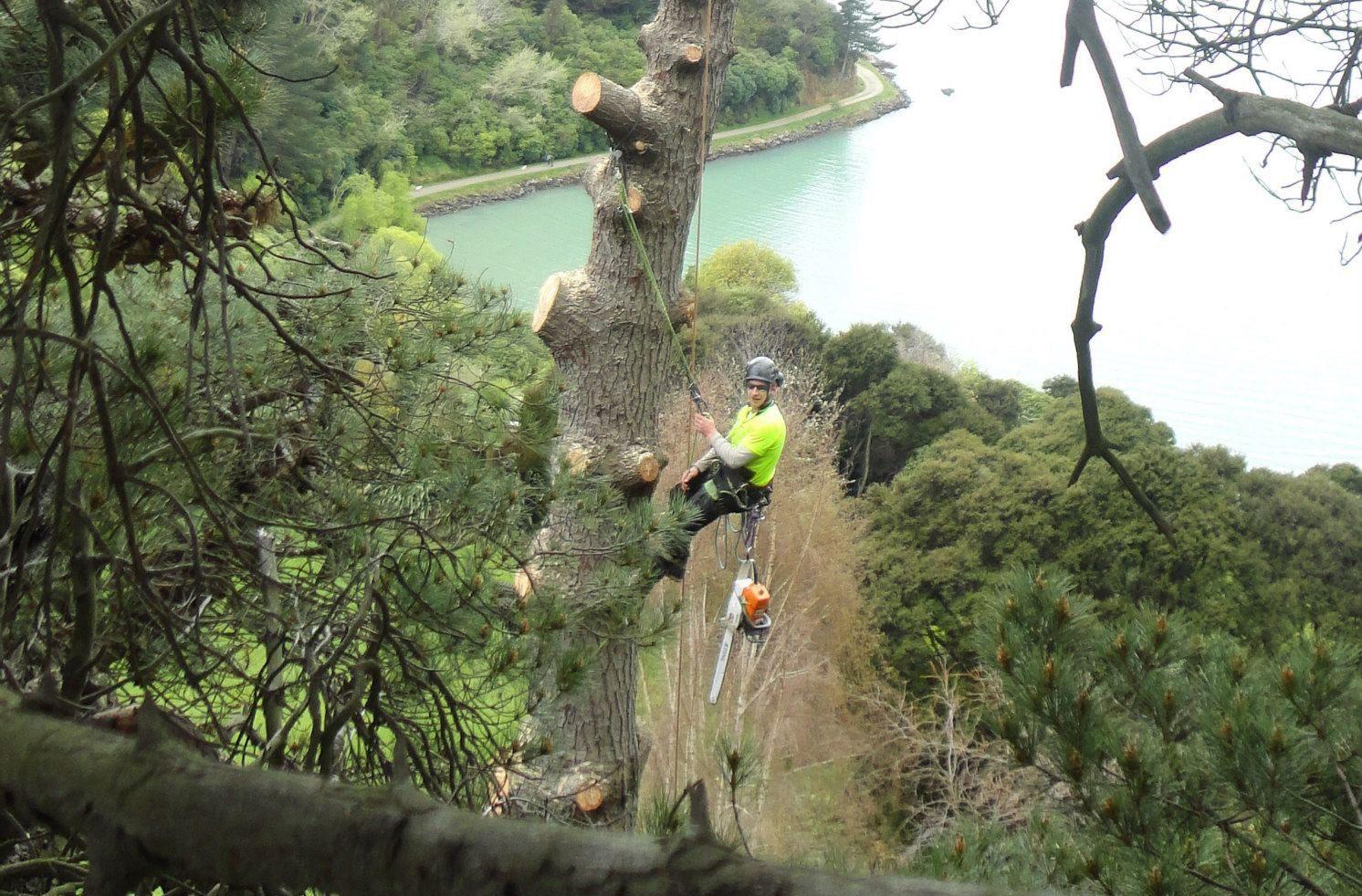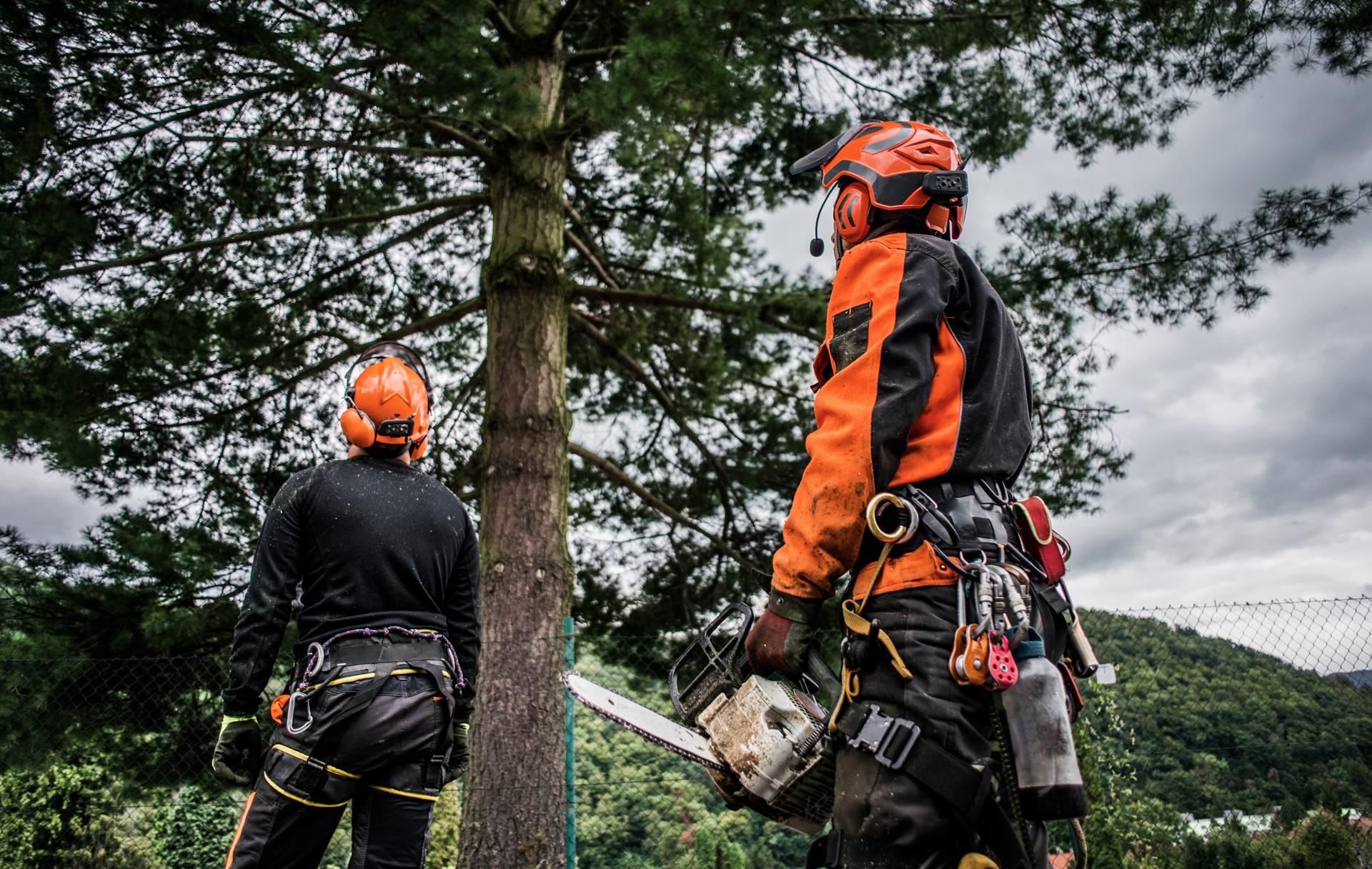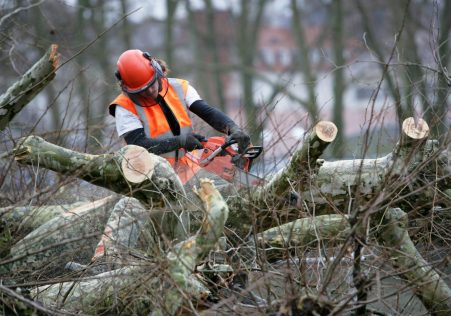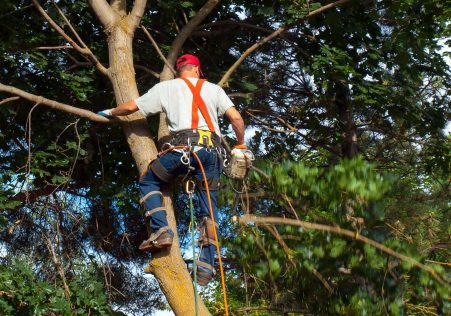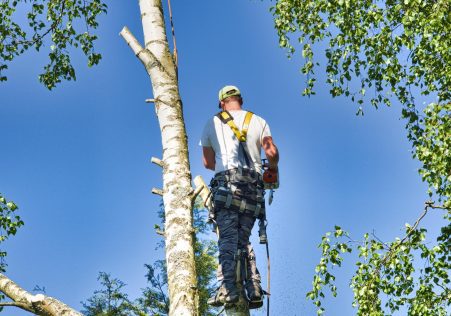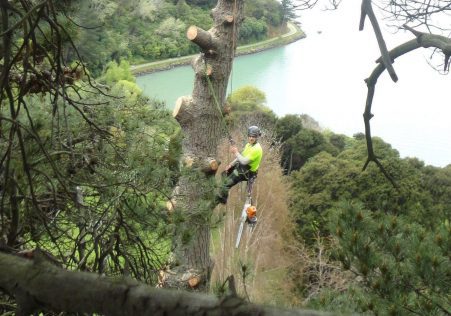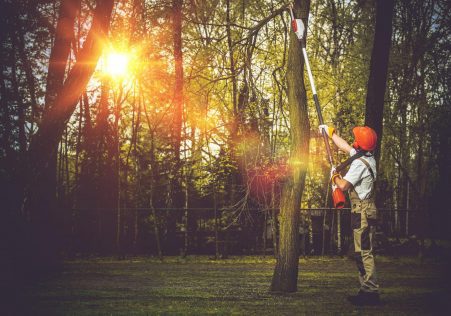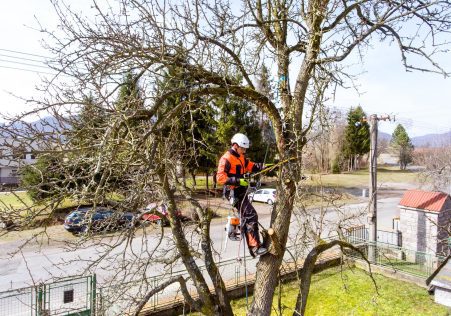An Arborist's Guide to Tree Felling
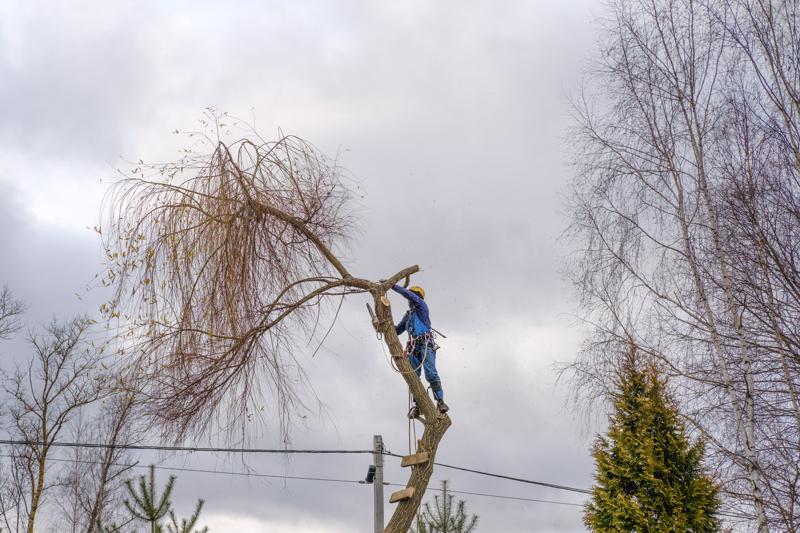
Tree removal is a difficult and potentially dangerous task. If a tree is dying or ill-healthed, or is in danger from falling down, then it may need to be removed in order to protect property and ensure safety. How do you know when a tree must be cut down? In this article, we’ll walk you through the signs to be looking to and assist you figure out the right time to call in experts.
Dead or Dying Trees
One of the evident signs that a plant must be taken down is when it is dying or dead. Dead trees do not have leaves and may appear lifeless. If a tree doesn’t have leaves or signs of growth, it’s probably dead. In addition, the bark of dead trees may be dry, cracked, or peeling.
Diseased Trees
The trees that are sick may pose a threat to other trees and plants within the vicinity. Common signs of disease for trees include dying leaves, wilted or yellowed branches, and mushrooms growing at the base or the trunk. If you suspect your tree might be suffering from disease it is important to get it checked by a certified arborist.
Leaning Trees
TreesLeaning trees towards one side could indicate it is a sign that the roots are failing, and the tree may be in danger of falling. To determine if a leaning tree is a danger, look for cracks or broken areas in the trunk, and then look at the soil at the tree’s base. If you spot any of these indicators it is recommended to get the tree examined by an arborist.
Overhanging Branches
Overhanging branches of trees which are located close to power lines or buildings can be a danger to safety and property. If you’re concerned regarding branches that hang overhanging, it’s best to get the tree assessed by an arborist who will determine if removal or trimming is required.
FAQs
What can I do to tell when a tree has died?
A tree is considered dead if it lacks leaves and has no indication of growth. The bark of dead trees may be dry, cracked, or peeling.
What are the warning signs of a diseased tree?
Common signs of illness on trees include yellowing leaves, wilted branches, and mushrooms growing at the bottom of the tree.
Is it safe to take down a tree yourself?
Tree removal is a complex and potentially dangerous task. It’s best to delegate it to professionals to ensure the safety of yourself and others.
Conclusion
When it comes to tree removal, you need to be aware of the indications that a tree needs to be cut down. By being aware of the indicators of dying or dead trees, sick trees, leaning trees, and overhanging branches You can take action to protect your property as well as those surrounding you. If you believe that there is a tree in your yard that needs to be removed do not hesitate to reach out to Hawkesbury Tree Cutting for a professional evaluation. Our arborists with years of experience have the experience and equipment to handle all the tree removal requirements. Don’t take any chances with your security. If you believe that the tree that is on your property must be removed, please contact Hawkesbury Tree Cutting today for a professional assessment. Our arborists are experienced and can provide you with peace of mind that comes from knowing your property is safe in the hands of our experts. Call us now to 0480 024 203 to schedule an appointment.

